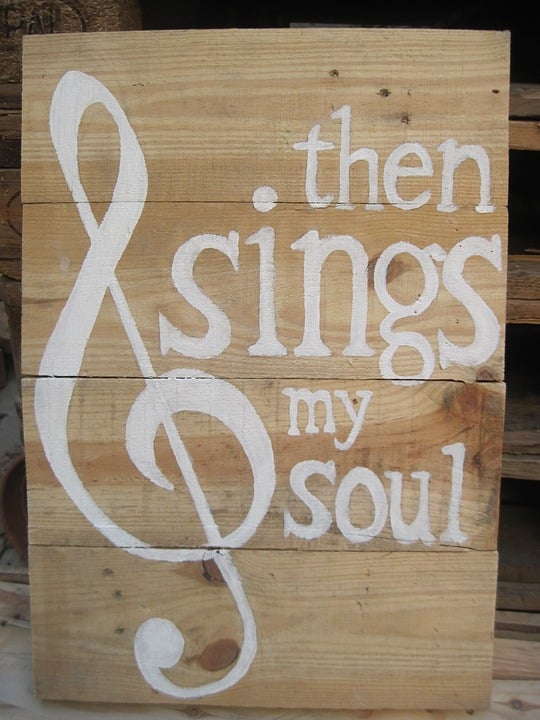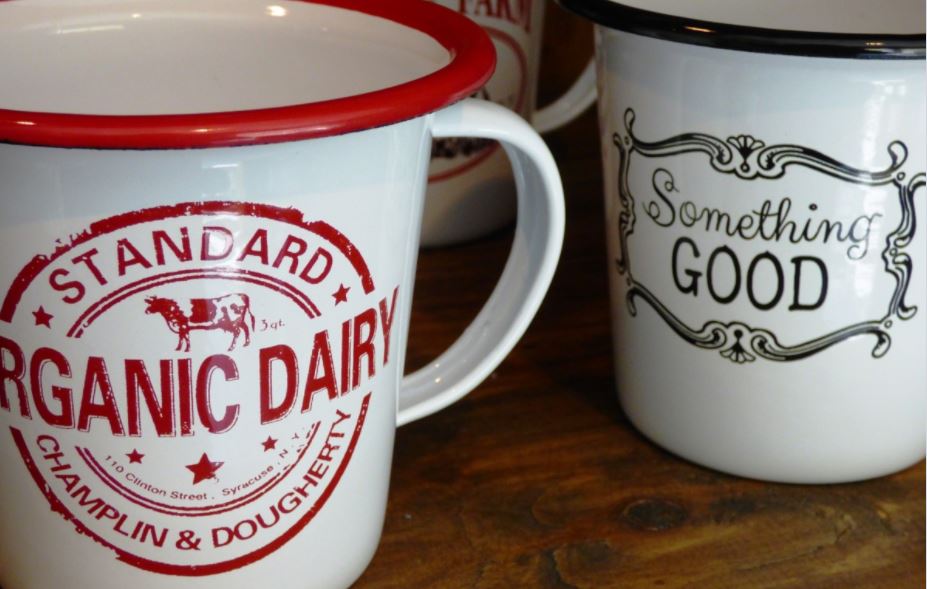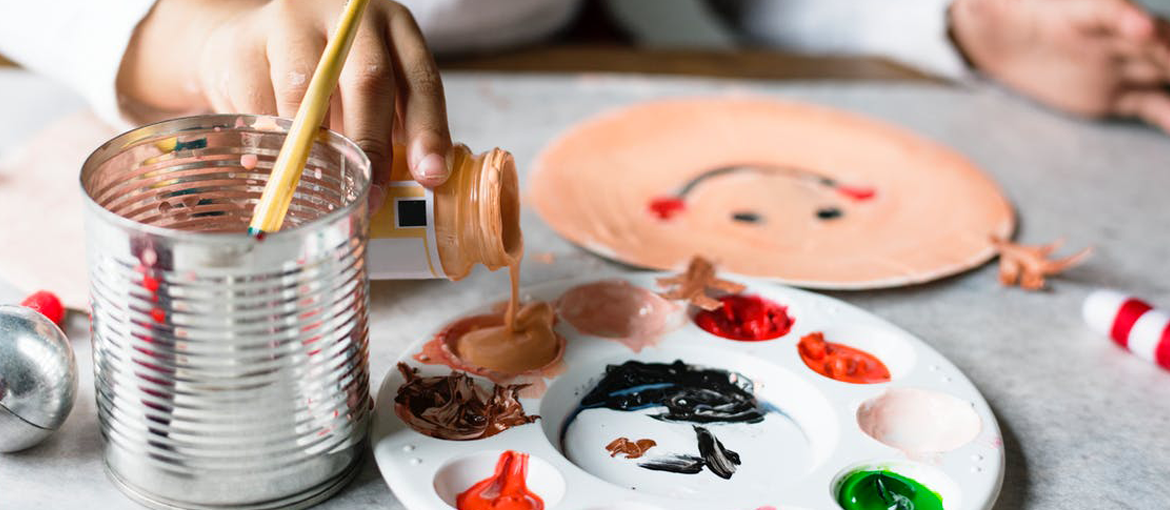The handmade craze has become more popular than ever in virtually every creative field, from objects and spaces to the graphic arts. Handmade lettering, craftwork and scrapbooking are some examples of this trend which adds warmth and a human touch to a technological and industrial world. It seems like what is needed within the creative industry is to reflect on when is the right time to use (or simulate) handmade resources to avoid slipping into aesthetic clichés that are devoid of content and functionality.
What is the handmade style?
 Handmade design refers to objects that have a set of aesthetic attributes showing or simulating that they have been made by hand or created using artisan techniques. These attributes include irregular or imperfect finishes, worn textures that reveal the material, and decorations that hark back to times when craftwork was commonplace. Hand painting and sign-writing, antique restoration and artisan work with materials such as wood and ceramics are some features of this trend in design.
Handmade design refers to objects that have a set of aesthetic attributes showing or simulating that they have been made by hand or created using artisan techniques. These attributes include irregular or imperfect finishes, worn textures that reveal the material, and decorations that hark back to times when craftwork was commonplace. Hand painting and sign-writing, antique restoration and artisan work with materials such as wood and ceramics are some features of this trend in design.
The rise of handmade design can be seen as a reaction to the uniform industrial and technological aesthetics that have dominated the visual landscape since the end of the last century. Technological advances have had a major influence on the type of objects that appear around us: up until now, functional, futurist, pristine and diaphanous objects, spaces and designs were the norm, due to the value of modernity they suggest. However, as we can expect with design trends, when a style becomes dominant, an opposing reaction naturally occurs in the form of a new trend.
In the case of the geometric simplicity and rational uniformity that dominated product, interior and graphic design, it is also possible to find examples of designs and concepts that celebrate the imperfection of handmade things. While a few years ago the general consumer trend was for sophisticated and refined designer objects, products that appear to have been made by hand are also objects of desire now, since they give off a touch of warmth or informality that the consumer can connect with emotionally. In other words, it’s about human warmth as opposed to industrial coldness.
Handmade design in the graphic arts
In the context of graphic arts, there are various forms of artisan design, such as calligraphy, sign-writing and analogue photography. The aim is to use images, techniques and materials that evoke times gone by (and thereby achieving an emotional effect) and create an eye-catching aesthetics (and a new trend is born). However, this manual work requires being done by a specialist, and it is not particularly appropriate for projects that require speed and low manufacturing costs. Hence, it has become common to simulate these artisan effects using digital or industrial techniques. For instance, there are digital fonts that simulate handwritten calligraphy and vector designs that are printed digitally or offset, imitating silk screen, wood or metal textures.

Superficial fad or creative philosophy?
Like all popular aesthetic trends, handmade design has also been a victim of oversupply and degeneration. Nowadays there are many designs covered in illegible fonts and faux finishes that might go unnoticed by the general public. To the critical eye, however, they misinterpret their creative and communicative purpose. The variety and versatility of the industry is of course a positive thing, as is having a wide range of aesthetic possibilities to draw on. Even imitations and simulations can be tremendously useful where needed, provided they are made with moderation and good proportion. The professionals’ task is to work with an awareness of what is best for each project to avoid slipping into superficial fads that are devoid of content.

